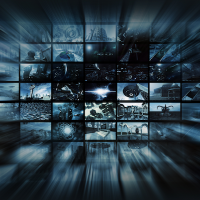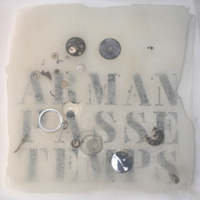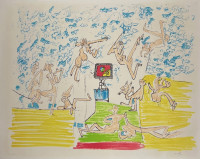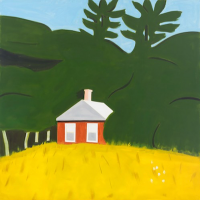
Chile
Chile's contemporary art scene vibrates with creativity, reflecting the nation's unique geographical and cultural diversity. Esteemed institutions such as the Museum of Contemporary Art in Santiago and the Valparaíso Museum of Fine Arts provide an eclectic showcase of Chilean artistic expressions. Pioneering artists like Alfredo Jaar and Cecilia Vicuña offer innovative approaches in their art, encapsulating Chile's contemporary spirit. Discover Chile's inspiring contemporary art on the Composition Gallery website.
Show All
- Show All
- Established
- Discoveries
Show All
ARTWORKS RELATED TO CHILE
Roberto Matta
Untitled XXI (from Come Detta Dentro Vo Significando), 1962
Limited Edition Print
Lithograph
Inquire For Price
Roberto Matta
Untitled 212 (From the New School), 1980
Limited Edition Print
Etching and Aquatint
USD 850

Montage is a film editing technique where a series of shots are edited into a sequence to condense time, convey information, and manage space within the narrative. While it primarily refers to this method in film, the term can also be used in various other contexts to describe the assembly of disparate elements into a cohesive whole.






















